
CISESS Scientist Daile Zhang Works to Mitigate Lightning Hazards in Uganda
Zhang visited Uganda to Help with the Installation of Lightning Protection Systems at Two Primary Schools in Kalangala Interviewer: Kate Cooney Originally posted on the

Zhang visited Uganda to Help with the Installation of Lightning Protection Systems at Two Primary Schools in Kalangala Interviewer: Kate Cooney Originally posted on the
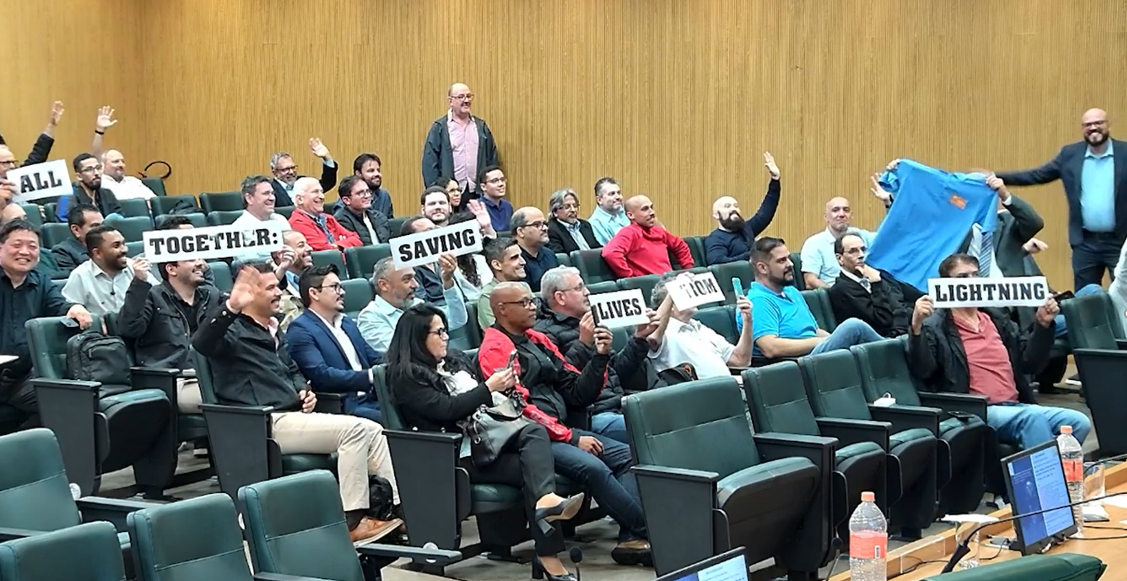
ESSIC/CISESS scientist Daile Zhang took the lead and organized the 2024 International Lightning Safety Day (ILSD) Event on June 28, 2024. The ILSD event serves as an annual virtual platform dedicated to the discussion of lightning safety strategies, educational initiatives, technological advancements, methodologies, progress, and challenges from around the world. With participants from over 25 countries spanning North and South Americas, Africa, Asia, and Europe, this event aims to foster global collaboration in lightning safety.

ESSIC/CISESS scientist, Daile Zhang, held a live Reddit “Ask Me Anything” (AMA) event for the Lightning Safety Awareness Week on June 24, 2024. The event was hosted by the UMD’s College of Computer, Mathematical, and Natural Sciences.

ESSIC/CISESS scientist, Daile Zhang, who also serves as a Board of Directors of an NGO – African Centres for Lightning and Electromagnetics Network (ACLENet) visited Uganda last week. She and the team helped install lightning protection systems (LPSs) at the St. Victor Mulabana Primary School in Kalangala district, an Island on the Lake Victoria. Uganda experiences more than two million lightning strikes per year. The installation will protect 400+ students, teachers, and the nearby community from these lightning strikes.

ESSIC/CISESS scientist Daile Zhang and her coauthor Ron Holle virtually presented their new
book–Flashes of Brilliance: The Science and Wonder of Arizona Lightning –at the CTR Wilson
meeting on November 16, 2023. They discussed the motivation of writing the book and
introduced the content of each chapter. The audiences were interested in creating
undergraduate level courses and materials based on the book.
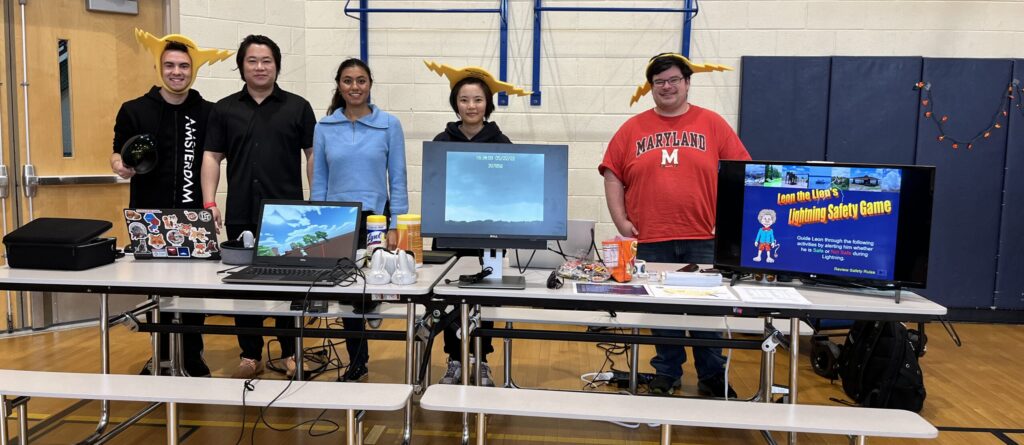
The ESSIC/CISESS Lightning Team – Guangyang Fang, Joseph Patton, Daile Zhang, and two students Damian Joseph Figueroa and Ashmita Pyne – went to celebrate the 8th Spooky Science Expo in Alexandria, VA. This was the first time CISESS/ESSIC scientists participated in this event.
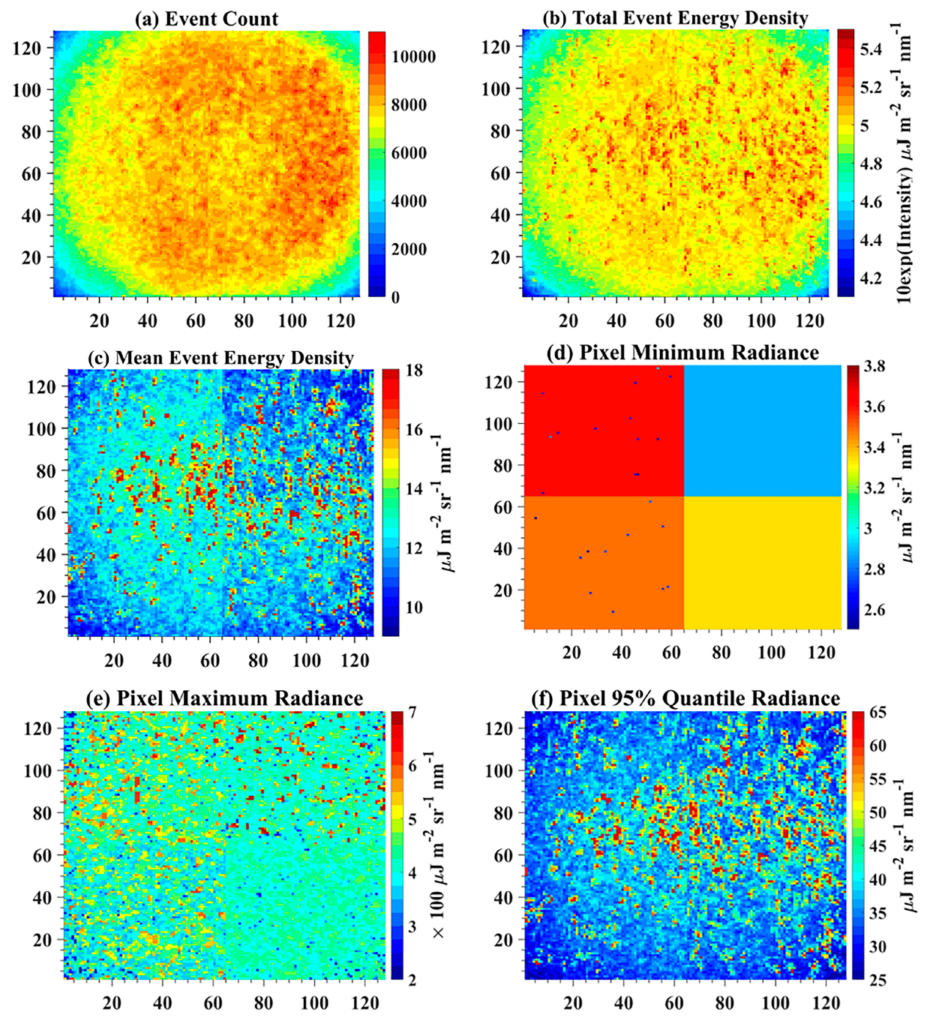
ESSIC/CISESS Scientists Daile Zhang, Scott Rudlosky (NOAA), and colleagues published a study that uses the well-documented Tropical Rainfall Measuring Mission (TRMM) Lightning Imaging Sensors (LIS) performance to determine if the International Space Station (ISS) LIS performs well enough to bridge the gap between TRMM LIS and the new generation of Geostationary Lightning Mappers (GLMs).

Summer brings to mind sunny days and relaxing vacations, but the season’s dark side makes it one of the busiest times of the year for a University of Maryland “fulminologist”—a scientist specializing in lightning research.
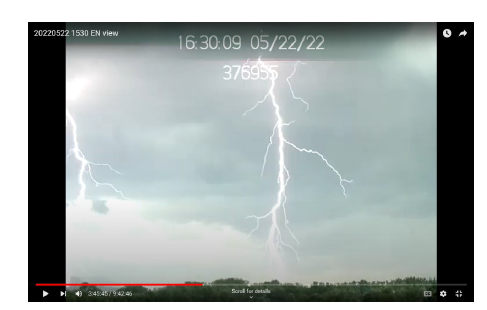
In January 2022, ESSIC/CISESS Scientist Daile Zhang won a CISESS Seed Grant to evaluate NOAA’s Geostationary Lightning Mappers (GLMs) on the GOES-16 and -17 Satellites and the upgraded Mid-Atlantic Lightning Mapping Array (MALMA) using a network of low-cost and innovative atmospheric electricity and lightning measurement tools to take lightning videos. Recently, the initial Seeds Grant period ended and Zhang reported her results.
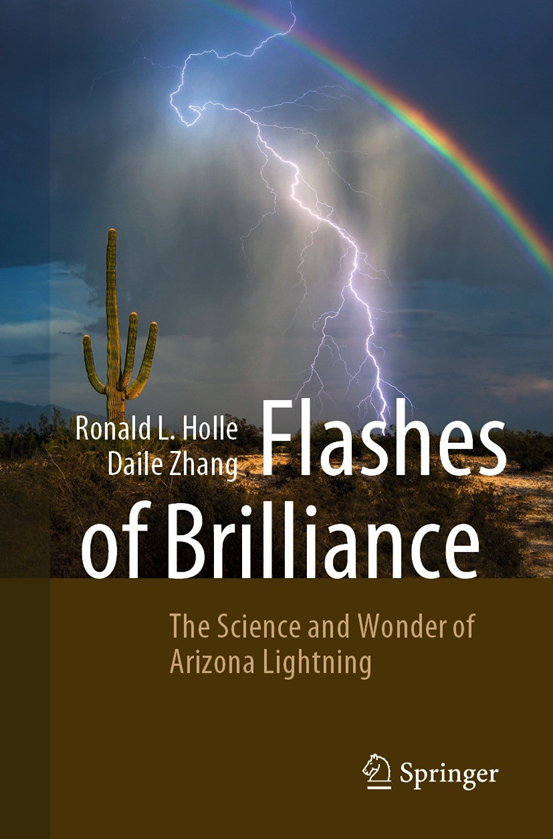
ESSIC/CISESS Scientist Daile Zhang has published a new book titled Flashes of Brilliance: The Science and Wonder of Arizona Lightning with Springer.